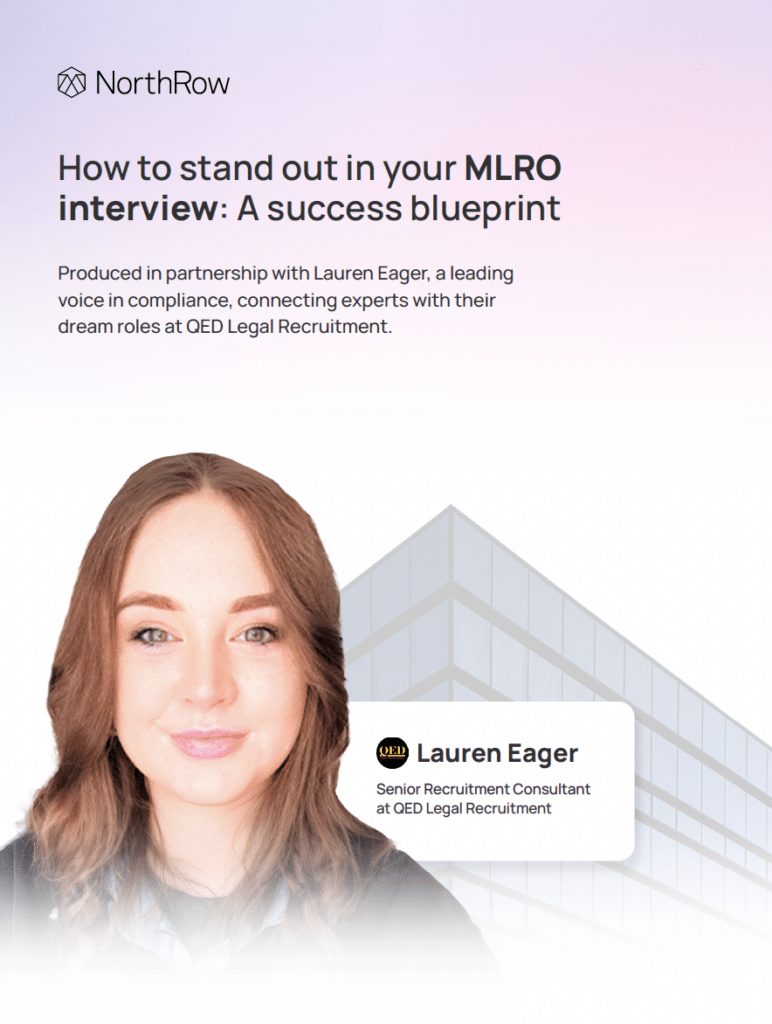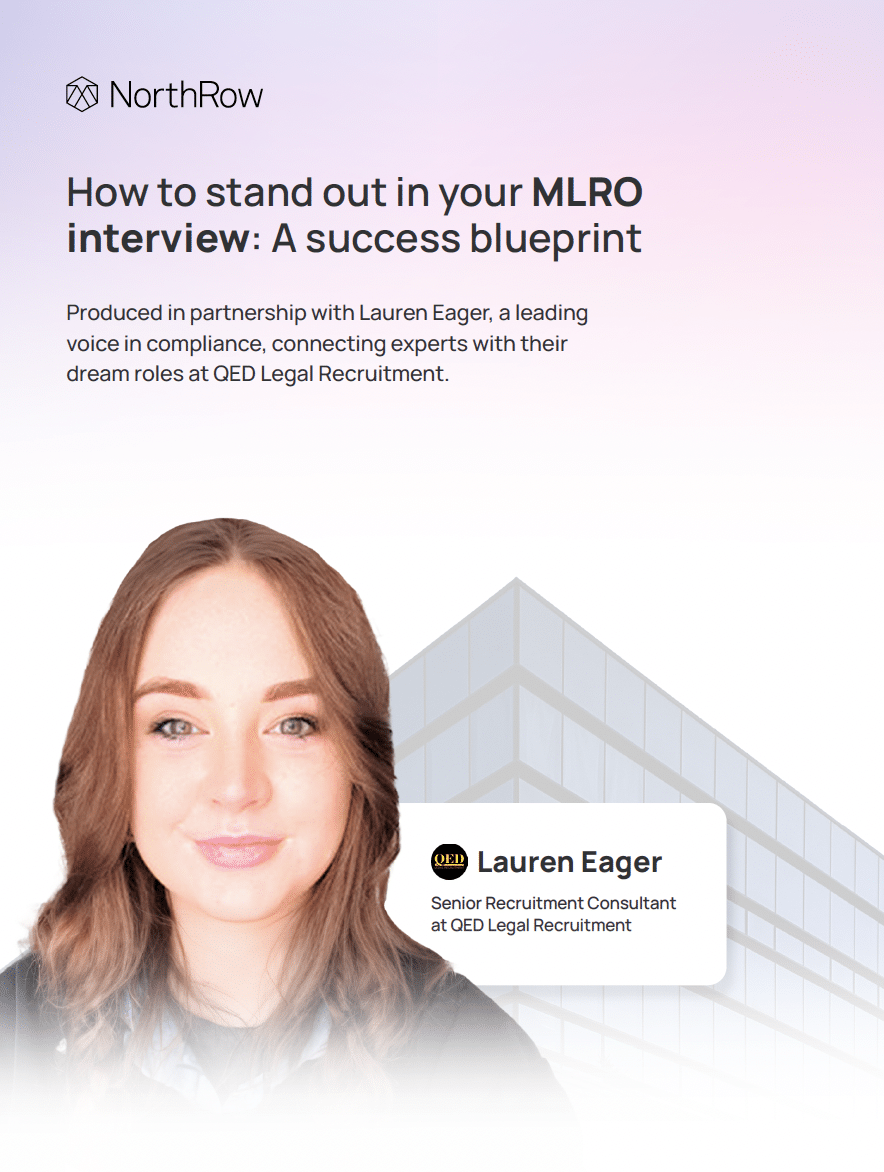With the value of global assets growing rapidly and criminals looking to exploit every avenue to funnel dirty money, investment managers today face both evolving financial crime risks and increased regulatory scrutiny.
The wealth and investment management industry is fraught with financial crime risks. From wealthy and powerful clients, multiple and complex accounts, high value transactions, and an inherent culture of confidentiality; the sector is arguably one of the most challenging to navigate as a risk and compliance team.
In an industry built upon trust and personal relationships cultivated over many years, the inherent and perceived trust between client and investment managers can sometimes lead to oversight and gaps in required due diligence processes from assuming they ‘know their clients’. As a result, proper procedures aren’t followed during onboarding or when significant transactions are made. Without proper checks and due diligence, especially when corporate clients are being onboarded, firms are susceptible to a significant risk of financial crime.
The complexity of some business structures allows bad actors to conceal themselves at the top of a complex corporate web, with a legitimate business at the bottom. If an investment firm relies on manual checks of this single legitimate business, it will hardly ever be able to identify what is actually happening.
In this article, we share 5 key strategies for effective AML compliance in investment management firms.
Develop comprehensive AML policies and procedures
Effective Know Your Business (KYB) and Know Your Customer (KYC) procedures are essential in identifying and verifying the legitimacy of business and individual clients. For investment management firms, this involves thorough due diligence to understand the nature and ownership structure of the businesses they onboard, verifying that customers are who they say they are, and evaluating the impact of any risk factors that are identified.
In a KYB check, it is crucial to focus on verifying the business’ legitimacy and obtaining transparency around beneficial ownership. Firms can ensure comprehensive verification of business clients by collecting and validating key information such as business registration documents, ownership structure, and the identities of beneficial owners. This helps to identify any shell companies or businesses with opaque ownership structures that could be used for money laundering.
🔗 7 essential elements of KYB checks
Firms must place proportionate scrutiny on identifying and verifying the ultimate beneficial owners (UBOs) who have significant control over the business. Enhanced due diligence should be applied to complex ownership structures and high-risk entities to ensure undue risk is mitigated – or the customer in question is offboarded.
Implement a risk-based approach
Taking a risk-based approach helps to ensure that appropriate levels of due diligence are applied in instances where it is needed most. Certain onboarding situations will require different levels of due diligence depending on the case at hand.
The challenge, however, comes in creating a process with sufficient friction for higher-risk or potential bad actors to prove their legitimacy (and act as a deterrent in the case of criminality) but smooth enough for legitimate clients that represent low or no risk.
A risk-based approach also allows resources to be allocated more efficiently, where the riskiest borrowers receive the most scrutiny. Applying equal levels of due diligence across every single client can lead to a ‘tick box’ exercise and frustrate your clients – not to mention the burden that would be placed on risk and compliance analysts to vet and verify every single customer to the same standard, when in fact, they may pose very little risk compared to others.
Each firm will have their own unique risk appetite. What is considered a high (or higher) risk for your firm during KYB onboarding may not be the same in another firm in your marketplace.
The amount of risk you are willing to shoulder in pursuit of customer acquisition and onboarding could be impacted by any number of factors: transaction value and volume, customer history, the products and services you offer, jurisdiction, ultimate beneficiary, and PEP status, among others.
Strengthen customer due diligence (CDD) processes
Customer Due Diligence (CDD) is a cornerstone of AML compliance. For investment management firms, the need to thoroughly understand clients and their financial activities is paramount. The complexity of wealth management, involving high net worth individuals and sophisticated investment plans, necessitates a robust CDD framework.
🔗 How often should we undertake customer due diligence (CDD) for a client?
What’s more, firms also often deal with higher risk clients, such as politically exposed persons (PEPs) and individuals from high-risk jurisdictions. As a result, it is important to have a strong enhanced due diligence (EDD) process that involves additional scrutiny and ongoing monitoring of these clients. Typically, this includes obtaining more detailed information about the client’s source of wealth and funds, conducting regular reviews, and continuously updating client profiles.
Automated CDD systems can streamline the client onboarding process, ensuring compliance while reducing the burden on compliance teams.
Ensure ongoing monitoring
Ongoing monitoring is a critical component of an effective AML programme, especially for business clients whose risk profiles can change dramatically in a short period of time.
For business clients, this may be due to various factors such as changes in ownership, financial health, or business operations, whereas for individual clients it may be changes in jurisdiction, transaction types, or PEP status.
As part of your AML process, it is essential to conduct continuous risk assessments to capture these changes and adjust the level of scrutiny applied to each client accordingly to account for the dynamic nature of client risk profiles.
Implement a schedule for periodic reviews of both business and individual clients. These reviews should be more frequent for high-risk clients and include a re-evaluation of the client’s activities, transaction patterns and volumes, or key events that can directly impact your firm’s risk appetite. By regularly updating client information, your firm can maintain accurate risk assessments and adjust monitoring efforts accordingly.
Use technology for efficient AML compliance
Integrating technology such as NorthRow’s WorkStation can significantly improve your AML compliance efforts, making KYB and KYC procedures more efficient, accurate, and scalable.
KYB and KYC solutions can automate the collection and verification of client data during the client onboarding processes. These systems can quickly gather information from various sources, such as public records, financial databases, and government registries, and verify its accuracy, reducing the manual effort required and ensuring that the data used as part of each onboarding check is current and reliable.
Automated systems can quickly verify business and individual information against reliable data sources, reducing the time and effort required for manual checks and ensuring accuracy and compliance.
What’s more, digital onboarding solutions streamline the KYB and KYC processes by enabling clients to self-serve and submit their information and documents electronically. These solutions can verify client identities and business information in real-time, reducing the onboarding time from days to minutes. With a user-friendly interface that guides clients through the onboarding process, these platforms can significantly reduce friction and enhance the overall client experience.







